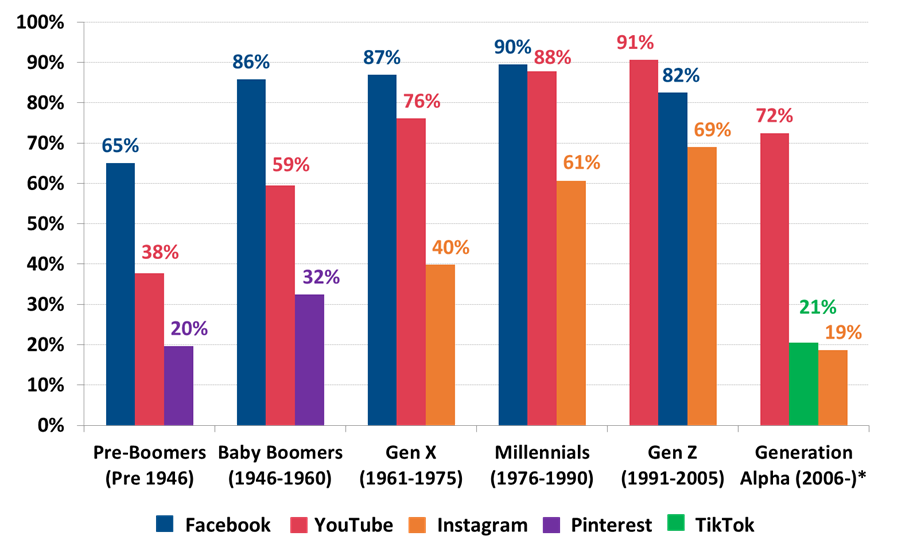Millions of Baby Boomers retire each year from the U.S. labor force. But in the past year the number of retired Boomers increased more than in prior years, according to a Pew Research Center analysis of monthly labor force data. The recent increase in the share of Boomers who are retired is more pronounced among Hispanic and Asian American Boomers and those residing in the Northeast.
In the third quarter of 2020, about 28.6 million Baby Boomers – those born between 1946 and 1964 – reported that they were out of the labor force due to retirement.
This is 3.2 million more Boomers than the 25.4 million who were retired in the same quarter of 2019. Until this year, the overall number of retired Boomers had been growing annually by about 2 million on average since 2011 (the year the oldest Boomer reached age 65), and the largest increase was 2.5 million between the third quarter of 2014 and 2015.
How we did this
More than 70 million Baby Boomers reside in the U. S. Since the time that the oldest Boomers reached age 65, there has been public interest in their impact on the nation’s labor force, public social insurance programs and asset values. The COVID-19 recession resulted in a large and sharp employment contraction across generations. This analysis looked at whether retirements had accelerated among Boomers during the pandemic.
The overall number of retired Baby Boomers is derived from the monthly Current Population Survey (CPS), conducted by the U.S. Census Bureau for the Bureau of Labor Statistics. The CPS is the nation’s premier labor force survey and is the basis for the monthly national unemployment rate released on the first Friday of each month. The CPS is based on a sample survey of about 60,000 households. The estimates are not seasonally adjusted.
“Retired” in this analysis is based on labor force status. Those who cite “retired” as the reason for not being in the labor force (neither employed nor seeking work) constitute the retired Boomer population. This is a moment-in-time measure, and increases reflect the net change of Boomers moving both into and out of “retirement” due to changes in labor force participation.
This is a moment-in-time measure, and increases reflect the net change of Boomers moving both into and out of “retirement” due to changes in labor force participation.
The CPS microdata files analyzed were provided by the IPUMS at the University of Minnesota.
The COVID-19 outbreak has affected data collection efforts by the U.S. government in its surveys, especially limiting in-person data collection. This resulted in about a 4 percentage point decrease in the response rate for the CPS in September 2020. It is possible that some measures of retirement and labor market activity and its demographic composition are affected by these changes in data collection.
The job losses associated with the COVID-19 recession may be contributing to the jump in Boomer retirements. Since February 2020, the number of retired Boomers has increased by about 1.1 million. Some of this increase could reflect seasonal change in employment activity. But during the February to September period last year, the population of retired Boomers rose by only about 250,000.
In September, 40% of Boomers were retired, up from 39% in February. The recent increase in the share of those who have retired has been greater for some demographic groups. Among Boomers 65 and older, the share retired has increased 2 percentage points since February, whereas the retirement rate has remained unchanged among Boomers younger than 65 (18%).
The share of Boomers who have retired differs by educational attainment. Among those with no education beyond high school, the share is up 2 percentage points since February. There has been no change among those with some college education, and for those with a four-year college degree, the share is up 1 point.
The share of Hispanic Boomers reporting they are retired has increased 4 percentage points since February (30% to 34%). And the retirement rate among Asian Boomers has increased 3 points, from 36% to 39%. Retirement is up more modestly among White and Black Boomers (1 point for each).
Looking regionally, the movement into retirement appears most prevalent among Boomers residing in the Northeast (35% in February and 38% in September).
Richard Fry is a senior researcher focusing on economics and education at Pew Research Center.
POSTS BIO TWITTER EMAIL
21 shares
View all job-seeker themed posts
View all employer themed posts
A record-high 11 million jobs are waiting to be filled across the U.S. This boom in available openings? You can thank the Baby Boomers.
According to Pew Research Center, the rate of retirement in Baby Boomers has accelerated since the start of COVID-19 with almost 29 million boomers retiring in 2020 – An increase of more than 3 million from 2019.
With 75 million Baby Boomers retiring by 2030, The Great Retirement is looking to supersede The Great Resignation as the biggest hiring trend for 2022. Here’s what you need to know:
One in four workers in the U.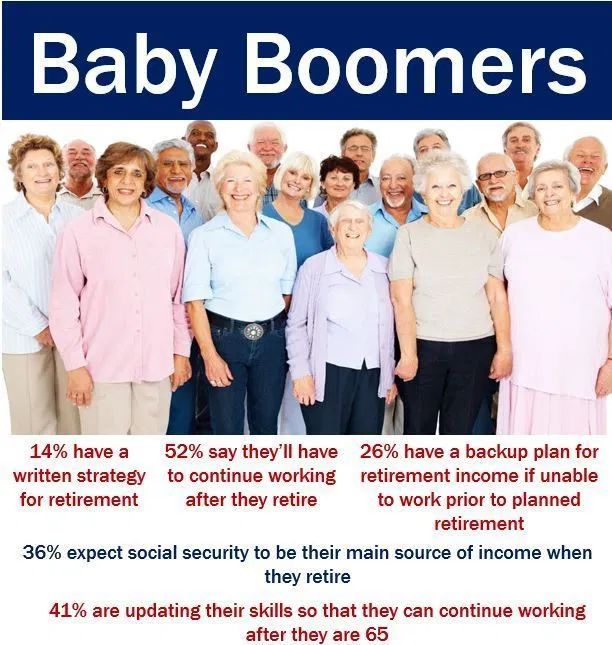 S. is a Baby Boomer, amounting to 41 million total employees. This trend of mass retirement will lead to an even wider workforce gap as companies race to fill positions left by retirees. As these workers also normally hold higher-level management positions due to their extensive working experience, the competition to find replacements will be tough with many businesses turning to recruiters to look for top talent.
S. is a Baby Boomer, amounting to 41 million total employees. This trend of mass retirement will lead to an even wider workforce gap as companies race to fill positions left by retirees. As these workers also normally hold higher-level management positions due to their extensive working experience, the competition to find replacements will be tough with many businesses turning to recruiters to look for top talent.
While Baby Boomers fall in the generation most at-risk for COVID-19, the main driving factor for retirement isn’t health-related. They’re looking for a better quality of life.
Famous for their strong work ethic and dedication (40% have stayed with their employer for more than 20 years), Baby Boomers commit to their jobs more than any other generation. After 40+ years in the workforce and a global pandemic, they’re re-evaluating their work-life balance. With quarantine rules keeping them at home but isolated, many are choosing to trade in their 9-to-5 for more time with friends, family, and to travel.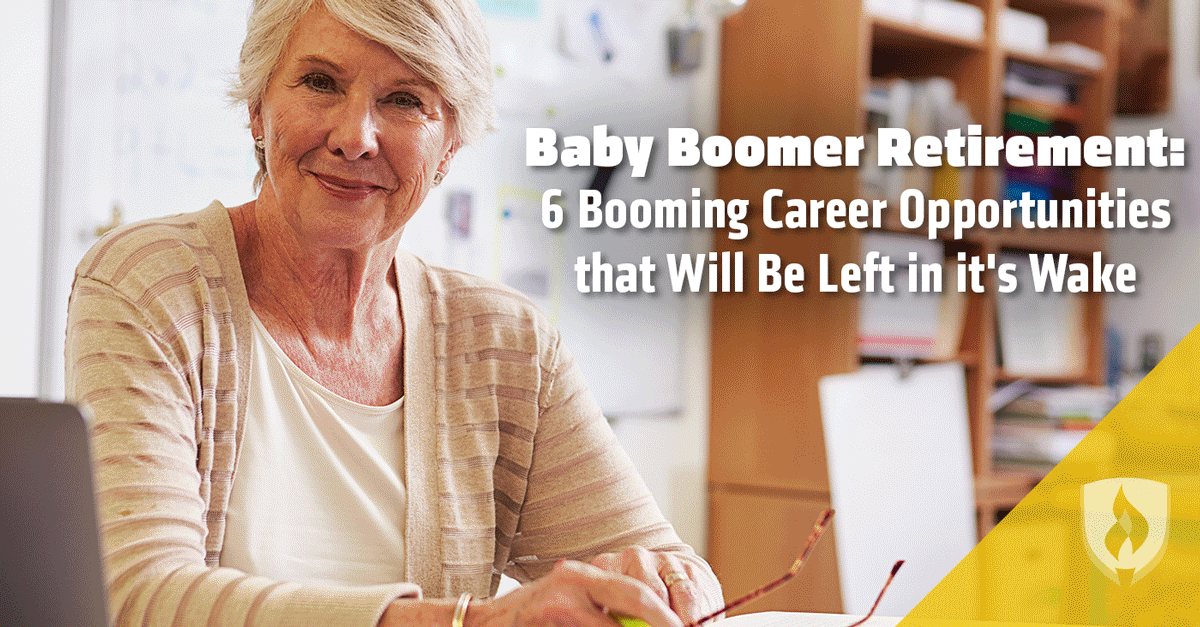
Those most likely to retire early? Women over the age of 65 are the group with the most retirees while the Hispanic Boomer population saw the biggest increase in retirement rates. Boomers residing in the Northeastern U.S. also saw a large increase in those retiring.
While Boomers may want to spend their golden years away from the office there is a silver lining to The Great Retirement: There’s a whole new generation (and two others) ready to work. Investing in these workers and supporting their development will be crucial to closing your workforce gap. Here’s how to attract and retain young employees:
Gen X workers and Millennials are often working parents or caregivers to their parents or grandparents. With quarantine rules and distance learning changing often and suddenly, you’ll need to be supportive of employees who are pulling double duty working and taking care of their family during the day. Offering more flexibility to parents by letting them work from home and by measuring their performance on results (not hours worked) will help retain valuable employees who won’t have to choose between family and their job.
Offering more flexibility to parents by letting them work from home and by measuring their performance on results (not hours worked) will help retain valuable employees who won’t have to choose between family and their job.
Younger workers, especially Gen Z, won’t have the decades of experience that retiring Baby Boomers have. Instead of brushing-off young talent for a lack of skills, take the time to train them on the skills they need. If your company doesn’t have a formal training program ask them to enroll in online courses like our Aspire Academy. There are dozens of training courses available at no cost.
For many young people, a position in your company may be their first professional job out of college. They don’t just need a salary but need guidance on how to progress in their careers. In a recent survey, younger workers reported wanting feedback from their managers more frequently than their older colleagues signifying they need more support to know they are doing their jobs correctly. They also rank mentorship among the three most important aspects of choosing where to work. Setting up a mentorship program will not only attract top young talent but keep them engaged and loyal to your company.
They also rank mentorship among the three most important aspects of choosing where to work. Setting up a mentorship program will not only attract top young talent but keep them engaged and loyal to your company.
Is your company feeling the effects of The Great Retirement? At Adecco, we pride ourselves on finding and connecting top talent with the right opportunities. Learn more about our staffing solutions and keep reading our blog to discover the other top hiring trends for 2022.
The United States is a country where people strive to look and feel young. 80 million Americans belong to the baby boom generation, the post-war population explosion. Now they are starting to retire and are unwilling to follow the established ideas about how to live when old age comes. Many prefer to stay in their home, in familiar conditions. As a result, society has to look for innovative approaches to solving the problem of caring for the elderly.
Mike and Judy Cannings have retired and look forward to many more years of healthy living.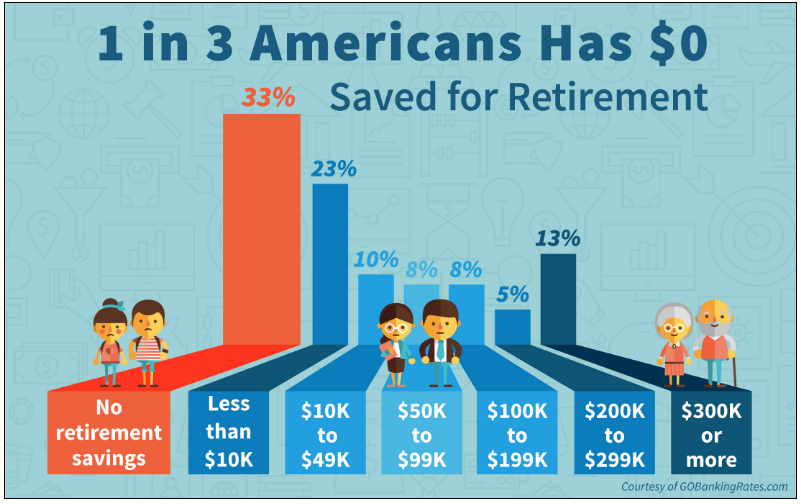
“When you reach a certain age, and I turned 66, you begin to think about life and death. You need to think about this! We love our home. We have lived in it for many years. And we don't want to go somewhere else,” says Mike.
Some older Americans prefer to settle in places where people over 55 live. Many activities are organized for them in such neighborhoods and microdistricts. According to the US Census Bureau, one in five Americans will be over 65 in 20 years.
William Daroff of the United Jewish Communities says: “More and more people are having to think about life in retirement, as well as their aging parents and grandparents. Society as a whole has to deal with the problem of aging a large number of people at the same time.
The trend is that more Americans want to stay in their homes after retirement. "We want to continue to live in an area where we know everyone, where our neighbors are people of different ages," says Judy Cunnings.
This trend has been called "aging in one's own home.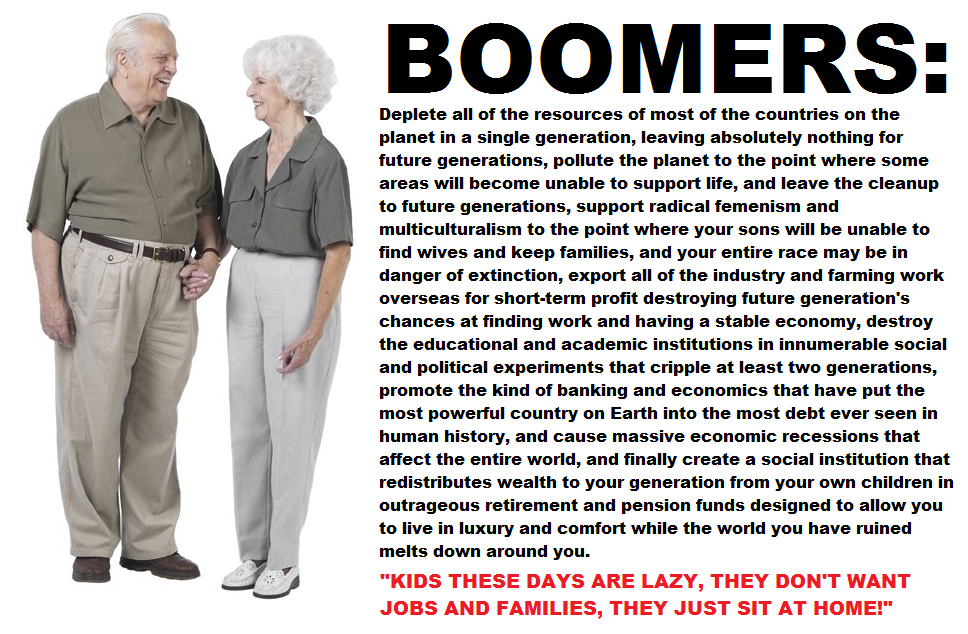 " The Cannings are aware that they will need help to continue living in their own home. So they joined an organization called Capitol Hill Village. This organization brings together the elderly. Its executive director, Gayle Cohn, coordinates the work of volunteers helping the members of the group. In addition, she finds reliable contractors to provide various services.
" The Cannings are aware that they will need help to continue living in their own home. So they joined an organization called Capitol Hill Village. This organization brings together the elderly. Its executive director, Gayle Cohn, coordinates the work of volunteers helping the members of the group. In addition, she finds reliable contractors to provide various services.
“We have a contractor,” notes Gail Cohn, “who can do housework, and we arrange with him to call members of our organization who need help.”
Cohn hires plumbers, electricians, plumbers and carpenters to do work that older people can't do on their own.
“We help make their lives as comfortable as possible so that they don't have to deal with everyday difficulties,” she says.
Mike Cannings says he doesn't need help right now, but he's thinking about how Capitol Hill Village could help him in the future: "It might be a simple chore that I'd be too old to do - cleaning gutters, mowing the grass on the lawn or caring for the flower beds.
Capitol Hill Village is just one example of an innovative approach to addressing the problem of aging, where people want to continue to live in their homes and in the environment they are used to.
“American old people are a national treasure. If you remember how we treated them 20-30 years ago, it becomes clear that then no one tried to creatively solve their problems. Today's 70-year-old looks like then - a 50-year-old man, and we must continue this trend, ”says William Daroff.
The Census Bureau predicts that the number of people over 65 will double in the next 40 years, in the US and worldwide. And this means that almost a billion people will need outside help.
Generational division is one of the most popular ways to segment the mass market. It is assumed that the people of the five generational groups currently coexisting (baby boomers, generations X, Y, Z and alpha) grew up in different environments, therefore they formed different habits, preferences and approaches. Phillip Kotler, who is called the founder of modern marketing, explains how they differ, why there are so many entrepreneurs among the millennials, and how the Xers caused the TV series "Friends"
Phillip Kotler, who is called the founder of modern marketing, explains how they differ, why there are so many entrepreneurs among the millennials, and how the Xers caused the TV series "Friends"
The economist Philip Kotler is called the father of marketing because several generations of marketers learned from his books, and also because what is now understood as marketing, he actually invented when he began to teach it as a separate science in the 1960s in Kellogg School of Management. In 2021, the 90-year-old Kotler was the most cited among Harvard professors.
In his new book “Marketing 5.0. Next Generation Technologies, which comes out in February by Bombora Publishing, he shows that he follows the latest trends in marketing and highlights modern issues such as facial recognition technology, augmented reality marketing, the Internet of things and corporate activism. Forbes publishes an excerpt on the generation gap.
A 25-year-old marketing assistant was assigned to design a print ad for a new product aimed at millennials. After interviewing a sample of potential buyers, she created a beautiful and eye-catching one-line graphic followed by a link to the website as a call to action. She had no idea that her 50-year-old boss would not be satisfied with the lack of details about the product's features, its benefits and benefits in print advertising. Believing the marketing manager didn't understand the minimalist approach to millennials, she quit her job, ironically reaffirming her manager's belief that younger employees were incapable of taking criticism.
This intergenerational misunderstanding is happening in many organizations today. Marketers around the world face the challenge of serving five different generations: Baby Boomers, X, Y, Z, and Alpha. The first four generations are already in the labor market. Most baby boomers are still working. However, Generation X now holds the largest number of leadership positions in the world. Generation Y represents the quantitatively largest group among workers, and representatives of generation Z are now entering the labor market. These generations have different levels of technological savvy. Generational market research will allow marketers to identify the best way to implement technology-driven marketing 5.0.
However, Generation X now holds the largest number of leadership positions in the world. Generation Y represents the quantitatively largest group among workers, and representatives of generation Z are now entering the labor market. These generations have different levels of technological savvy. Generational market research will allow marketers to identify the best way to implement technology-driven marketing 5.0.
Related material
Each generation is formed in a different socio-cultural environment and receives different life experiences. Take Generation X, for example. With divorced or two working parents, they grew up with minimal parental supervision. In their youth, they were culturally influenced by MTV music videos. As a result, they value work-life balance much more than other generations and are seen as more independent and creative.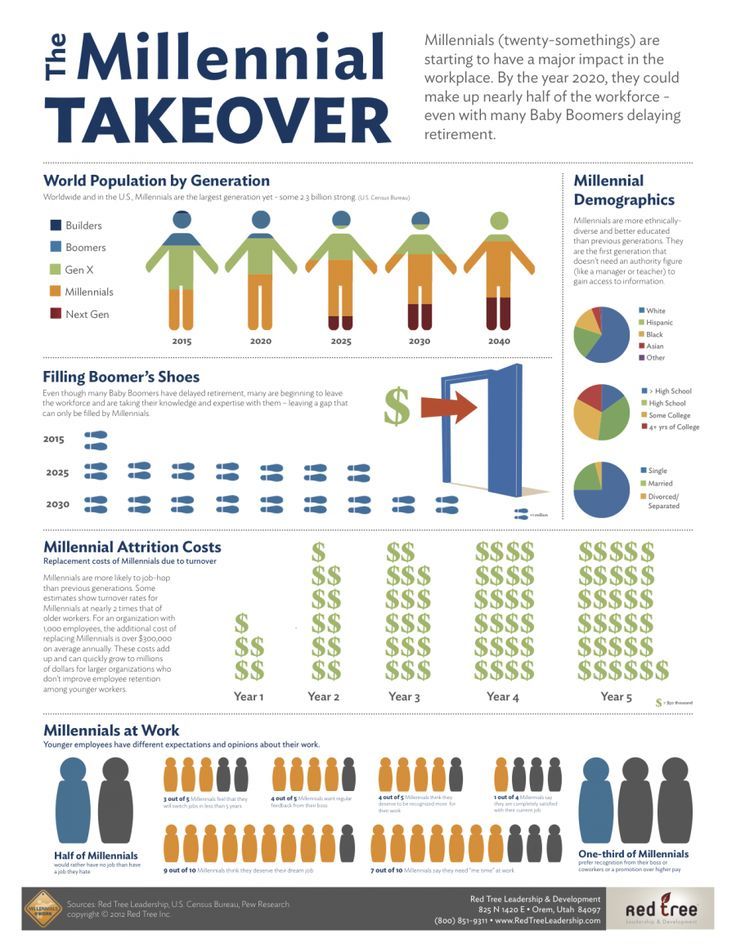 As adults, they have seen the world without and with the Internet, which allows them to adapt well to both traditional and digital work environments.
As adults, they have seen the world without and with the Internet, which allows them to adapt well to both traditional and digital work environments.
Each generation has different preferences and approaches to products and services, leading marketers to offer different offerings, customer experiences, and even business models. For example, Generation Y places more value on the experience than on the possession of the product. They prefer to use Uber rather than buy a car. This preference has led to the growth of all kinds of services "on demand" (on-demand services). Business models have also shifted from selling products to selling subscriptions. Generation Y would rather listen to music on Spotify than buy a music album.
Despite understanding the differing needs of different generations, most companies are not in a good position to serve them all. Companies are often stuck with an inflexible set of products and services that prevent them from adapting to every generation. This forces companies to serve only two or three generations at the same time. Companies are also having difficulty adapting to a shorter product life cycle driven by the ever-changing needs and desires of younger generations. Many companies in industries such as automotive, electronics, high-tech, consumer goods, and fashion feel the need to develop new products quickly and profit within a narrow time frame.
This forces companies to serve only two or three generations at the same time. Companies are also having difficulty adapting to a shorter product life cycle driven by the ever-changing needs and desires of younger generations. Many companies in industries such as automotive, electronics, high-tech, consumer goods, and fashion feel the need to develop new products quickly and profit within a narrow time frame.
Related material
Targeting also presents challenges, as most value is still created by brands catering to Baby Boomers and Generation X with their powerful resources and willingness to pay. But more brand equity is created when brands are supported by generations Y and Z, with their degree of coolness and technical sophistication. And, most importantly, Generations Y and Z are starting to influence many of the buying decisions of their Baby Boomer and X parents. Companies need to balance two goals: maximizing value creation in the present and beginning to position brands for the future.
Baby Boomers were born between 1946 and 1964. The term "baby boom" refers to the high birth rate in the US and many other parts of the world after the end of World War II. In the conditions of post-war security and economy, many couples decided to have children, who became the main target audience for marketers in their time. Due to their sheer size and the post-war economic boom in the United States during their coming-of-age years, baby boomers have become one of the main drivers of the economy.
For decades, baby boomers were the focus of marketers until Generation Y outnumbered them. Today, thanks to improved health and life expectancy, more baby boomers are postponing retirement and pursuing their careers well into their 65s. While still in corporate leadership positions, they are often criticized by younger generations for being unwilling to embrace new technologies and act contrary to accepted business practices.
Related material
Generation X is the demographic of people born between 1965 and 1980. Caught in the shadows and sandwiched between the popularity of the Baby Boomers and Generation Y, Generation X often disappears from the radar of marketers and is therefore called the “forgotten middle child”.
Generation X experienced the turbulent 1970s and uncertain 1980s in their childhood and adolescence, but entered the labor market in a better economic situation. Growing up in divorced families or with two working parents, Generation X children spent less time with family and more time with friends. Strong Peer Relationships in Generation X Spawned the Rise of TV Shows at 1990s showcasing friendship like Beverly Hills 90210 or Friends.
Generation X experienced major shifts in consumer technology that made them more adaptable. In their youth, Generation X grew up watching music videos on MTV and listening to cassettes on portable audio players. As adults, they listened to music on CDs and MP3s, and streamed music on services. They have witnessed the rise and fall of DVD rentals and the transition to video streaming. Most importantly, their entry into the labor market was marked by the rise of the internet, making them early adopters of online technology.
In their youth, Generation X grew up watching music videos on MTV and listening to cassettes on portable audio players. As adults, they listened to music on CDs and MP3s, and streamed music on services. They have witnessed the rise and fall of DVD rentals and the transition to video streaming. Most importantly, their entry into the labor market was marked by the rise of the internet, making them early adopters of online technology.
Although overlooked by most marketers, Generation X has become one of the most influential generations in the working population. With an average of 20 years of work experience and a strong work ethic, Generation X has taken over most of the leading positions in business. Faced with more difficult career progression limited by retire-delaying baby boomers, many of Gen Xers quit their jobs at age 40 and started their own businesses, becoming successful entrepreneurs.
Related material
Generation Y - born between 1981 and 1996 - has become the most talked about group in the last two decades. Having reached adulthood in the new millennium (eng. millenium), they are commonly known as millennials. Born during the next peak of fertility, most of the generation Y are the children of baby boomers. Therefore, they are also called the boomer echo generation. In general, they are better educated and more culturally diverse than previous generations.
Having reached adulthood in the new millennium (eng. millenium), they are commonly known as millennials. Born during the next peak of fertility, most of the generation Y are the children of baby boomers. Therefore, they are also called the boomer echo generation. In general, they are better educated and more culturally diverse than previous generations.
They are also the first generation strongly associated with social media use. Unlike Generation X, who first began using the Internet at work for professional purposes, Generation Y learned about the Internet at a much younger age. Therefore, in the beginning, Generation Y learned to use social networks and other Internet-related technologies for personal purposes.
In social networks, they express themselves very openly and often compare themselves with their peers. They need their recognition and approval, and as a result rely heavily on their friends, who are trusted more than established brands, for their statements and buying decisions.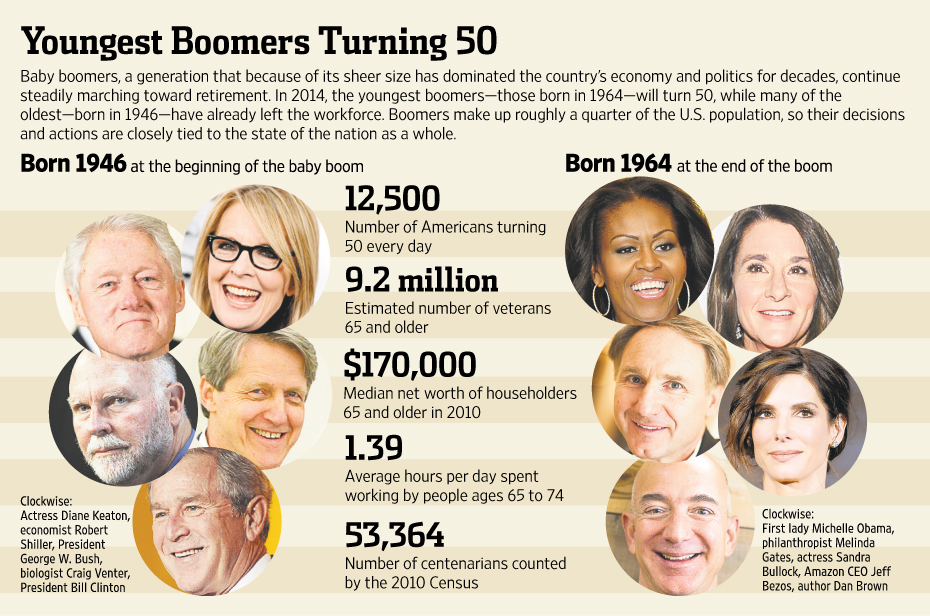 Generation Y researches a product online for a long time and buys, as a rule, through mobile phones. But they don't buy as many products as older generations, as they prefer experience over ownership. They are not focused on accumulating wealth and assets, but on accumulating experiences in life.
Generation Y researches a product online for a long time and buys, as a rule, through mobile phones. But they don't buy as many products as older generations, as they prefer experience over ownership. They are not focused on accumulating wealth and assets, but on accumulating experiences in life.
With higher education, diversity, and access to unlimited content, Generation Y is more open-minded and open-minded. Generation Y doubts everything, which makes them prone to work conflicts with older generations who expect them to follow norms.
Millennials are divided into two categories. Older millennials, born in the 1980s, entered the workforce during the 2008 global financial crisis and its aftermath and were therefore forced to survive in a highly competitive job market. Some of them ended up building their own businesses. Due to the complexities in their professional experience, they tend to draw a clear line between the personal and professional spheres.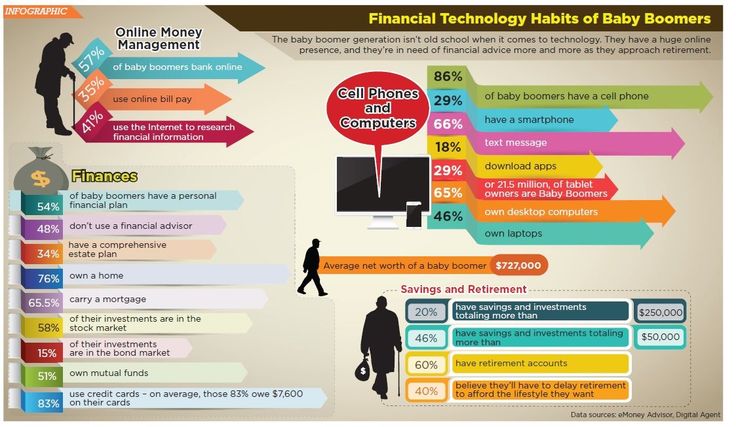
Younger millennials born in the 1990s found themselves in better labor market conditions. They only want a job that brings them satisfaction. The older group of millennials is the “bridge generation” as they have learned to adapt to both the digital and physical worlds like the generation X that preceded them. The younger group, however, is more like generation Z. very young, they see the digital world as a seamless extension of the physical world.
Related material
Marketers are now turning their attention to Generation Z. The offspring of Generations X and Y, also known as centennials, are the group born between 1997 and 2009. Many of Generation Z have witnessed the financial difficulties of their parents and older siblings and are therefore more financially conscious than Generation Y. They tend to save money and for them economic stability is a fundamental factor in their career choices.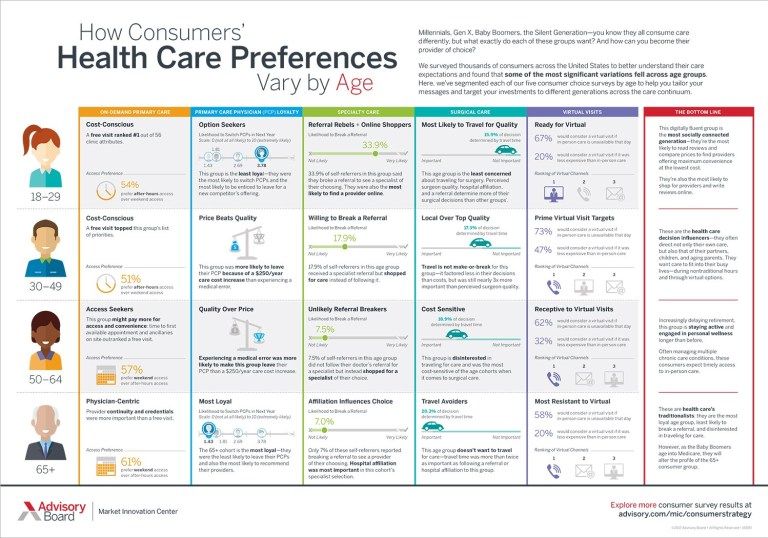
Generation Z is considered to speak the language of digital technology as their first language, being born when the Internet was already widespread. Since they have never lived without the Internet, they consider digital technology an integral part of their daily lives. They are always connected to the Internet through their devices for learning, receiving news and social networking. They consume content constantly and across multiple screens even when they are socializing. As a result, they do not actually see the boundaries between the online and offline worlds.
The socially liberated Generation Z records their daily life on social media in the form of photos or videos. However, unlike the ideological Generation Y, Generation Z is pragmatic. Unlike Generation Y who likes to post their filtered photos to build a personal brand, Generation Z prefers to show a more authentic and sincere version of themselves. Therefore, generation Z hates brands that broadcast fabricated and implausible images.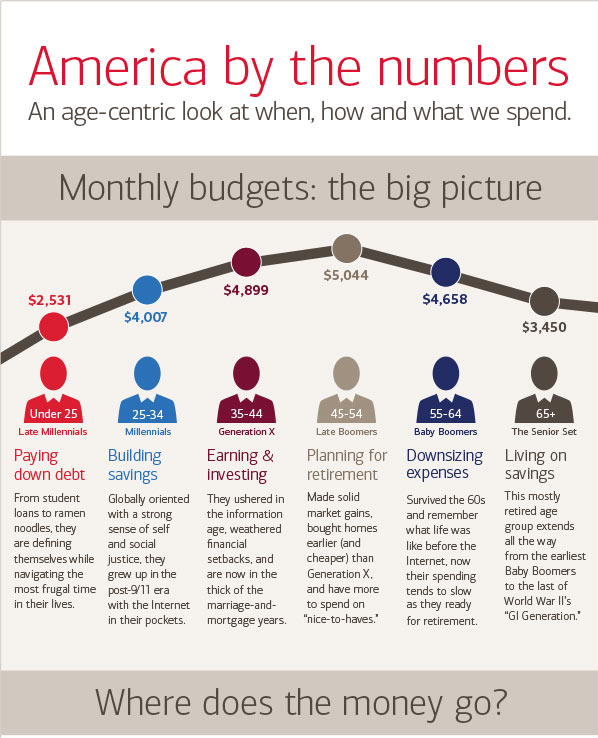
Because Gen Z is relatively more willing to share personal information than other generations, they want brands to be able to offer personalized content and customer experiences. They also expect brands to give them the ability to control and customize how they consume products and services.
Related material
With so much content directed at them, Gen Z values the convenience of personalization and customization. Like Generation Y, Generation Z is more concerned with social change and environmental sustainability. With their practicality, Gen Z is more confident in acting as agents of change through their everyday decisions. They prefer brands with a clear positioning around social and environmental issues. They believe that their choice of brands drives companies towards sustainable practices. Generation Z is passionate about making the world a better place by volunteering and expecting employers to support such activities.
Gen Z-focused companies need to learn how to work with shorter product life cycles. Today, Generation Z has already outnumbered Generation Y and has become the largest generation in the world. By 2025, they will make up the majority of the employed population and become the most significant market for products and services.
Alpha generation consists of those born between 2010 and 2025, making them the very first children of the 21st century. Not only do they speak the language of technology from birth, but they are also heavily influenced by the digital behavior of their parents (Generation Y) and siblings (Generation Z).
The Alpha generation was largely influenced by the parenting style of Generation Y parents. By marrying at an older age, Generation Y pay more attention to the upbringing and education of children. They also teach their children how to handle money and finances very early.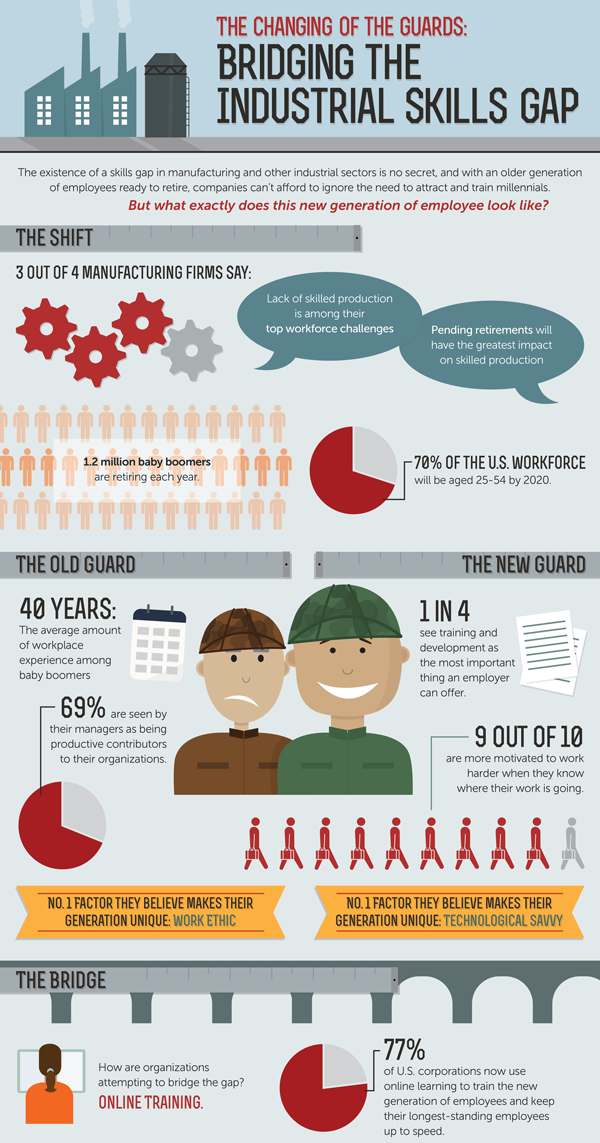 Moreover, they raise their children in a very diverse and rapidly developing urban environment. Thus, the Alpha generation is not only well educated and technologically savvy, but also more inclusive and social.
Moreover, they raise their children in a very diverse and rapidly developing urban environment. Thus, the Alpha generation is not only well educated and technologically savvy, but also more inclusive and social.
Raised by Generation Y and influenced by Generation Z, Generation Alpha has been actively consuming content on mobile devices since childhood. Spending comparatively more screen time than previous generations, the alpha generation watches online videos and plays mobile games every day. Some have their own YouTube channels and Instagram profiles created and managed by their parents.
Today, the alpha generation does not yet have tremendous purchasing power, but they already have a strong influence on the consumption of others. Moreover, many children have already become influencers who are role models for other children. Therefore, it is only a matter of time before they become the focus of marketers around the world.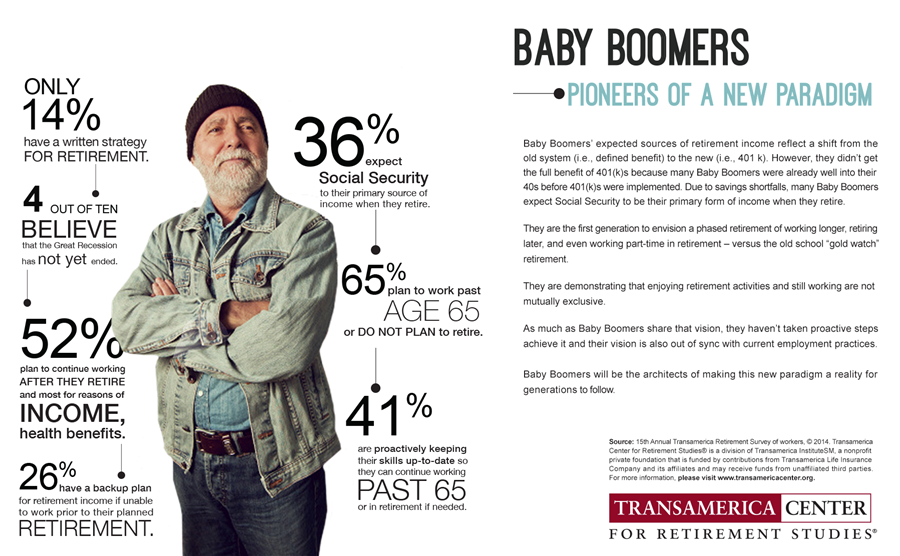
Related material
With the rise of Generation Z and Alpha, it's time for the next evolutionary leap. The main interests and concerns of these two youngest generations are aimed in two directions. First, on positive changes for humanity and improvement of the quality of people's lives. Secondly, to stimulate further technological advancement in all aspects of humanity.
To serve Generation Z and Alpha, marketers must continue to apply next-generation technologies to improve people's lives. In other words, Marketing 5.0 will bring together Marketing 3.0 (human-centered) and Marketing 4.0 (technology driven).
Generation X will dominate the marketing world in the next decade. As marketers, they represent the only generation to have embraced Marketing 1.0 (product-focused), Marketing 2.